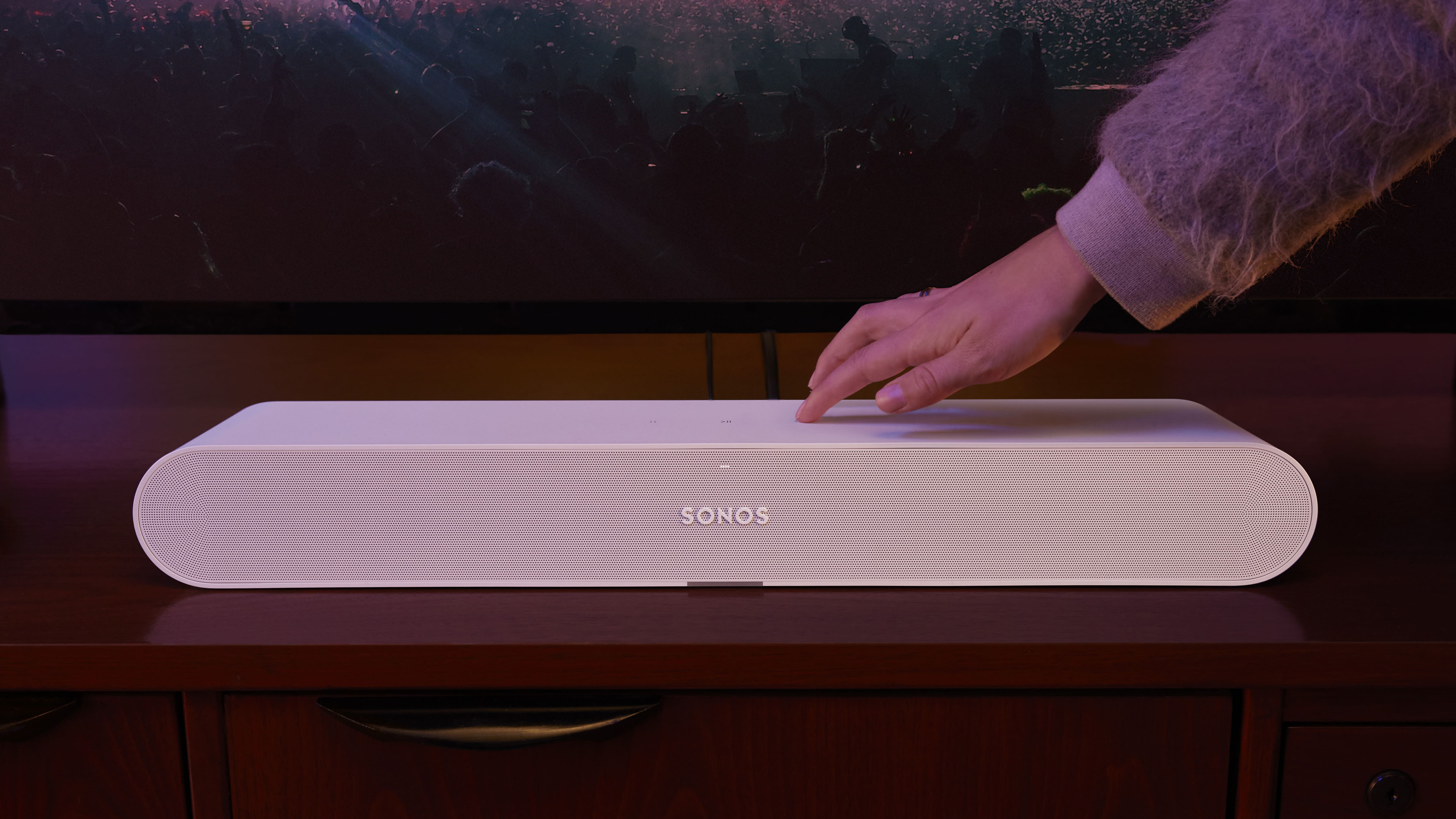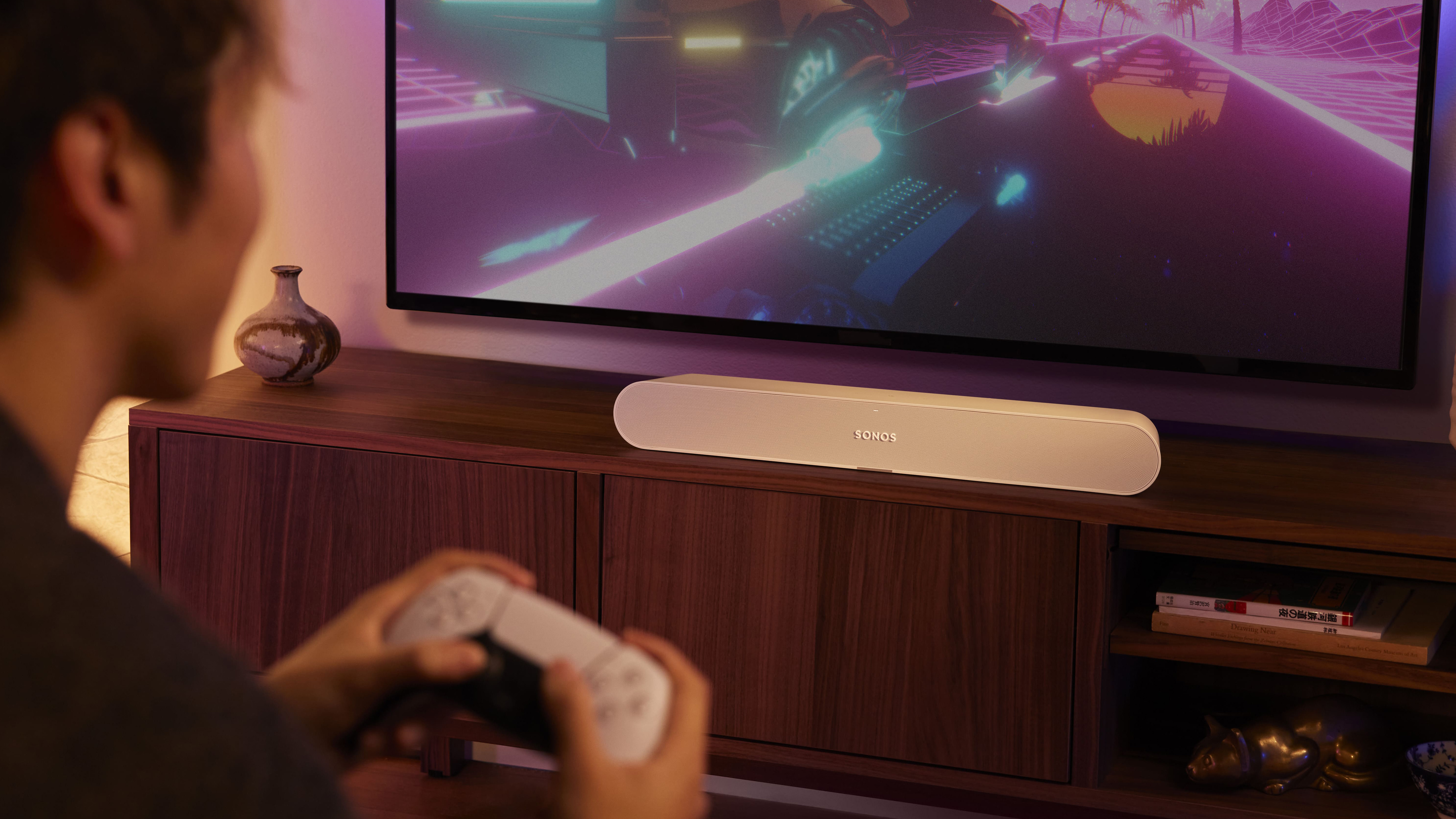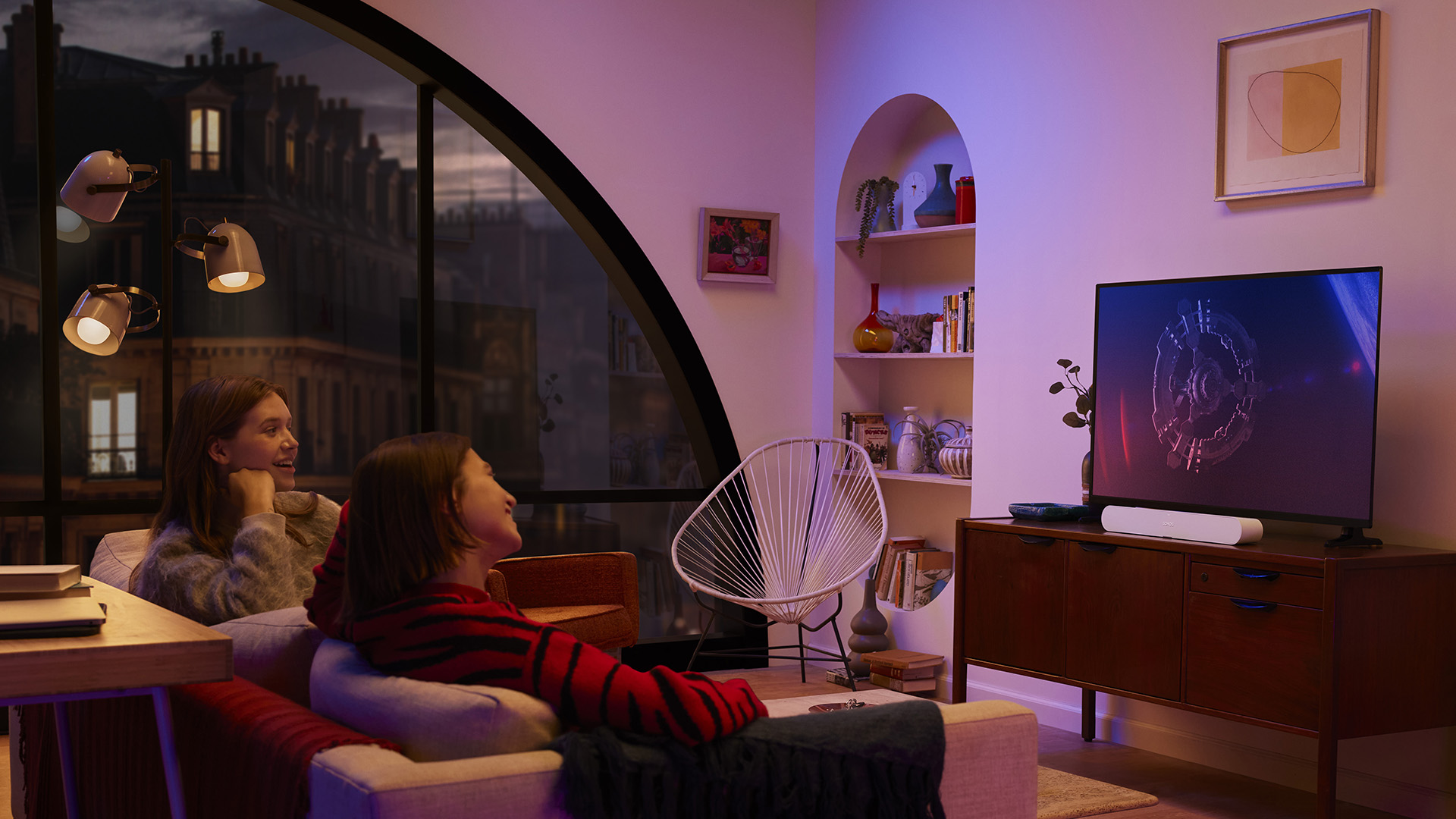Interview: the secrets of Sonos' design process
How the Sonos Ray was conceived, prototyped and polished

As part of the announcement of the Sonos Ray soundbar – the company's smallest soundbar to date – TechRadar had the chance to speak to Brandon Holley, Product Creation Lead at Sonos, about how the company develops new products.
We talked about things specific to the development of the Sonos Ray itself, but Holley also talked about Sonos' development style in more general terms, providing an interesting glimpse into a company that often plays its cards close to the vest.
Interestingly, Holley revealed a design process that's more iterative and open with prototypes being used in real situations than you might expect.
But our first question is where the idea from a product even starts from, and in the case of the Sonos Ray, it was an observation about the world.
Boxes of potential
"What we know is that nine out of 10 TVs in the world still rely on the built-in TV speakers," says Holley. "It’s like: OK, there’s a huge opportunity here. We think if we can get a product down into this price range and size range, then we’ll be able to capture more of those folks, and convince them to upgrade their TV sound. We start from a design point of view. What’s the size limit that we could actually tolerate for a product like this?"

What does that look like in practice? Pretty low-tech, as it happens.
"We’ll start with literal cardboard box models, and we’ll assemble them, and put them in front of TVs – all sorts of TVs – and just try to look at the size," Holley explains. "They’re different shapes. Some may have a very tall and slender look. Some have a very kind of wide and short look. So we’ll start from a pure design point of view, and then we’ll also, at the same time, be starting from a pure acoustic point of view. How many drivers can we actually fit in these various different models?
Sign up for breaking news, reviews, opinion, top tech deals, and more.
"So what we’ll end up with is something like maybe a dozen concepts that are combinations of design architecture and acoustic architecture. And, of course, there’s mechanical and electrical and all these other Wi-Fi elements that are being layered on top of that. But we’ll start with those two, and work on them on top of each other, and start grading them, and understanding where the trade-offs are there."
So how do they start whittling down from all these options to the versions that might actually work?
"It isn’t really until we get to a point where we’ve really aligned on something like, as an example, the height of the Ray. The height of the Ray is a very hot number. It’s a number that we put a lot of energy into discovering, because we want to make sure that we don’t block a television screen; that the IR signals still flow and fly around the room like they need to," says Holley.
"Once we have that, we can start looking at the height of the driver that we can fit into it; when we look at the height of the driver, we can start to understand how much sound, comes out of it.
"And so as we go down the path, you get from the design to the audio architectures that fit inside, and then eventually, with the Ray, we got to a point when we said, 'Hey, we need to make this a ported system. It’s the only way we think that we’re going to be able to deliver this size, and this amount of sound.' And then we come back to the audio team and say, ‘This is what we think we can deliver inside the product. Are we able to support this from a [digital signal processor] point of view? Can we deliver the array and the steering that we need?'"
How Sonos prototypes
Everything Holley has explained above is still more conceptual than practical though – all those best-laid acoustic plans still need to be tested in physical products. So how does Sonos start testing real units?
"The prototyping follows a very similar vein [to the design]. From a design point of view, we’ll make very design-focused prototypes that make no audio, but they’re meant to be placed in people’s homes," explains Holley. "Some of our beta folks that are under NDA will actually take these models to their homes. We’ll ask them to take photos of where they would place it in their house."

To achieve the ability to test different design idea easily, Sonos uses some of the latest fast manufacturing techniques… as well as some not-so-new ones.
"So from a design point of view, we’re doing rapid prototyping out of foam and 3D printing and plastic and all of that stuff," Holley says.
That's the aesthetic size of it, but what about from the sound side? Turns out, it's a system of simple construction to get practical results.
"From an acoustic point of view, we’re doing a similar thing, but maybe we’ll start with wooden boxes, to just represent the volume of the product, more so than the actual final shape of it," Holley reveals.
"And by the time we get to a few months down the road, we’ll try to create our first all-in-one prototype that has the correct shape, or the shape that we desire, plus the acoustic elements."
These early stages aren't a very long process, as it turns out.
"It takes our team maybe six months or so of various steps of prototyping before we’re able to get to a point where we can built a prototype that has everything all in one."
But the first all-in-one prototype is far from the finished product. We asked when development on the Sonos Ray first started.
"It’s really hard to pinpoint when you start a program," says Holley. "But it’s been the last couple of years that’s Ray’s been in the works."
The Sonos Ray launches on June 7 for $279 / £279 / AU$399 – we'll bring you a review as soon as we're able.

Matt is TechRadar's Managing Editor for Entertainment, meaning he's in charge of persuading our team of writers and reviewers to watch the latest TV shows and movies on gorgeous TVs and listen to fantastic speakers and headphones. It's a tough task, as you can imagine. Matt has over a decade of experience in tech publishing, and previously ran the TV & audio coverage for our colleagues at T3.com, and before that he edited T3 magazine. During his career, he's also contributed to places as varied as Creative Bloq, PC Gamer, PetsRadar, MacLife, and Edge. TV and movie nerdism is his speciality, and he goes to the cinema three times a week. He's always happy to explain the virtues of Dolby Vision over a drink, but he might need to use props, like he's explaining the offside rule.